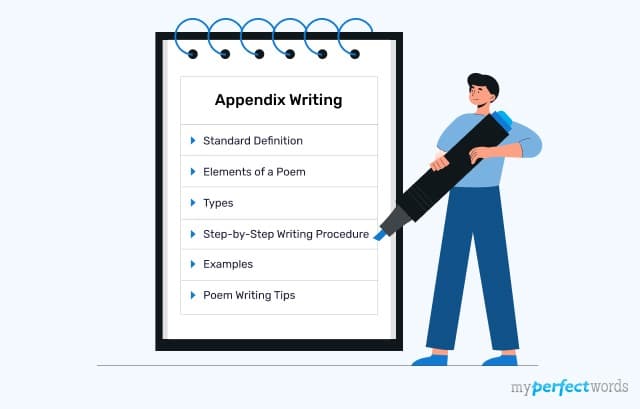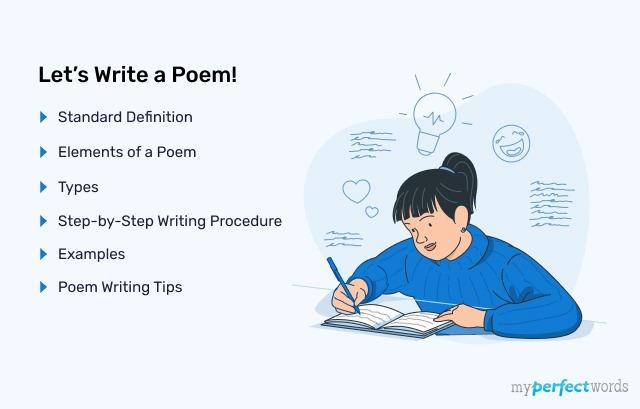Are you interested in learning how to write a poem? It is a tricky challenge as you have to take care of the smallest details.
Worry not, we’re here to help you!
Poems are a timeless form of art. You have to paint vivid images with words and capture the essence of the human experience. It is a way to convey your thoughts in attention-grabbing words.
With that being said, some students feel anxious to put down their thoughts on a piece of paper. With a helping hand, anyone can learn to write a poem that the audience enjoys reading.
In this blog, we’ll tell you how to write a poem. We’ll uncover the elements of poems and introduce you to the writing process of different types of poems.
Let’s get into it!
On This Page![]()
- 1. What is a Poem?
- 2. Elements of a Poem
- 3. Types of Poem
- 4. Use of Literary Devices in Poems
- 5. How to Write a Poem for Beginners?
- 6. How to Write a Short Poem?
- 7. How To Write a Poem Examples
- 8. Tips to Write a Captivating Poem
What is a Poem?
Poems are a wonderful way to express your deepest thoughts and feelings imaginatively. The best poems capture the reader's interest with their vivid imagery.
Poems literary tools such as meter, metaphor, and rhyme to make them memorable for years to come.
What is The Purpose of A Poem?
The main purpose of a poem is to:
- Convey an idea or emotion in a beautiful language.
- Paint what the author feels.
- Engage readers with powerful words.
Poems can be written in verse using either complete or incomplete sentences. Not all poems necessarily have to rhyme.
Aristotle suggested that there are three genres of poetry: comedy, tragedy, and epic.
According to Aristotle:
- Comedy aims to imitate what is inferior in a way that produces laughter.
- Tragedy makes people suffer but wants more by portraying it with certain effects.
- Epics tell stories while using an epic form (which he says has only slight variations from tragedies).
Moreover, the poem is a form of art and gives us the chance to view life from different perspectives and see things in new ways.
Elements of a Poem
Let’s briefly discuss the elements of poems one step at a time.
Lines and Stanzas
Lines are the basic units of a poem. They consist of a sequence of words arranged on a line and are often grouped into stanzas. Lines are also called verses.
For Example:
| The sun sets beyond the hills, Painting the sky in hues of orange and pink. A tranquil scene unfolds, As shadows dance upon the water's brink. |
On the other hand, stanzas are groups of lines in a poem, similar to paragraphs in prose. They provide a structural framework for the poem.
For Example:
In the quiet of the evening, The wind whispers through the trees, |
Rhyme
In a poem, rhyme is the repetition of similar sounds, which usually come at the end of words in two or more lines. Rhyme adds a musical quality to the language used and creates a sense of harmony in poetry.
For Example
The moon in the sky, oh, so high, The stars twinkle bright, a dazzling sight, |
In the above example, “high” rhymes with “sky” and “bright” rhymes with “sight”, creating a rhyme between these words. Remember that rhyming words don't have to be identical, they just need to sound similar.
Rhythm
Rhythm and rhyme in poetry are quite alike, but not the same. Rhythm refers to the pattern of stressed and unstressed syllables within the lines. It creates a feeling of musicality and flow in the poem.
The rhythmic flow or structure of a poem is also called Meter. Specifically, the meter corresponds to the number of syllables in each line. And the stressed and unstressed syllables as well.
For Example,
The rain falls gently on the roof, The river hums its ancient tune, |
In the above example, the stressed syllables are represented by “DUM” and the unstressed syllables by “da”. This creates a unique rhythmic structure, enchanting the overall appeal of
the poem.
Imagery
In poetry, poets incorporate the use of vivid and descriptive language to create imaginary situations in the reader’s mind. Poetical imagery sparks emotions, enhances experience, and paints a rich picture of the subject.
For Example:
The crimson sun dips below the horizon, The moon, a silver sliver in the velvet sky, |
In the above example, the poet has used vivid language to draw images in the reader’s mind. The “crimson sun” and “velvet sky” push the readers to imagine scenic images in their thoughts.
Whereas, “scent of blooming flowers” appeals to the sense of smell. The “gentle breeze” and “whispering through the willow” bring a sense of touch and hearing, respectively.
Now, let’s take a look at the different types of poems.
Types of Poem
Poetry is a special form of writing and can be classified into three different types. Each form of poetry can be broken down further into many subdivisions and each consists of rhyme schemes, rhythms, and style.
Let’s discuss them in detail:
1. Lyric
Lyric poetry is often considered the most emotional type because it focuses on feelings and emotions. However, it does not include telling a story, and its subdivisions include elegy, ode, and sonnet.
Lyrical poetry can be further divided into more subdivisions:
Elegy - It is a lyrical poem that expresses sorrow for the death of a loved one. These poems are used to pay tribute to specific subjects, and they’re characterized by the use of mournful language and imagery.
Ode - A lyrical poem that expresses praise and deep feelings of admiration for a person, object, or concept. It is often characterized by its use of formal language and elevated vocabulary.
Haiku - It is a Japanese poetic form that consists of three lines with a 5-7-5 syllable structure. Although some say that haiku isn’t a lyrical poem, many Western poets continue to treat it that way.
Sonnet - It is a 14-line poem that expresses personal thoughts and emotions with the use of diverse rhyme schemes. Sonnet has two types: Italian and English.
2. Narrative
The narrative poem tells a story. It can be an account of the events in ancient times, or it may simply tell about something someone has experienced themselves and wants to share with others.
Narrative poetry can be divided into the following further forms:
Epic - Epic is a long narrative poem that tells about the story and adventures of a prominent person or hero from the past. Epics often use a variety of literary devices to create a sense of adventure and excitement.
Ballad - Ballad is a song-like poem that typically focuses on folklore, love, or tragic events that happened in the past.
Limerick - A limerick is a form of narrative poetry that follows a humorous tone. It consists of five lines with a specific rhythm and rhyme scheme (AABBA).
Verse Novel - It is a lengthy narrative poem that combines elements of both prose and poetry. Usually, verse novels tell a story with characters, plots, and use thematic development.
3. Dramatic
This type of poetry is a form of verse meant to be spoken and tell stories. Blank verse is the common dramatic form. Other forms include rhyme verse and closet drama.
Therefore, keep these types in mind and create a well-written poem that impresses the readers.
Dramatic poetry can be divided into the following types:
Blank Verse - This type of poem does not rhyme but follows a precise meter, typically the iambic pentameter. Blank verse poems use unrhymed lines of ten syllables each, with a pattern of unstressed and stressed syllables.
Rhyme Verse - In this type of poetry, the lines have end rhymes, meaning that the final words of two or more lines sound similar.
Soliloquy - In a soliloquy, the character speaks to themselves. They speak their thoughts aloud, revealing their inner feelings to dramatically address the audience.
Use of Literary Devices in Poems
Literary devices are the tools that the poet uses to spark emotions, shape language, and create vivid imagery. They enhance the overall meaning, and beauty of the poems to make them memorable.
Here are some common literary devices used in poems:
Metaphor:
A metaphor is a figure of speech that is used to compare two, unlike things to highlight the similarities between them. Here, we do not use the words “like” or “as” for comparison.
| Example: “Time is a thief.” In this metaphor, time is compared to a thief, implying that it steals moments or experiences. |
Simile:
In a similar fashion to a metaphor, a simile is used to compare two things while using the words, “like” or “as”.
| Example: “Her smile was like sunshine.” This simile compares the brightness and warmth of the person's smile to sunshine. |
Personification:
Personification is used to give and attribute human qualities to non-human things.
| Example: “The wind whispered through the trees.” Wind, a non-human element, is given the human ability to whisper. |
Symbolism:
In symbolism, the poet uses a symbol to represent deeper meanings or ideas.
| Example: In “The Road Not Taken” by Robert Frost, the fork in the road is a symbol representing life choices and decisions. |
Alliteration:
It is the repetition of initial consonant sounds at the beginning of words.
| Example: “Sally sells seashells by the seashore.” The repetition of the “s” sound creates an alliterative effect. |
Assonance:
Assonance is the repetition of the same vowel sounds in words nearby.
| Example: “The rain in Spain falls mainly on the plain.” The repetition of the long “a” sound is an example of assonance. |
Consonance:
Consonance is the repetition of the same consonant sound within or at the end of words.
| Example: “The wind in the reeds and the deep blue sea.” Here the repetition of the “d” sound in “wind,” “reeds,” and “deep” creates a consonant pattern. |
How to Write a Poem for Beginners?
If you want to write a poem that stands out in front of the readers, stick to the steps mentioned below:
Choose a Theme
Pick a theme or subject that resonates with you. It could be a personal experience, an emotion, nature, or anything that sparks your creativity.
Decide on Form or Structure
Consider the structure of your poem. You might want to follow a specific form, like a sonnet or haiku, or you can embrace free verse, giving you the freedom to experiment with your own style.
Play with Language
Experiment with words and phrases. Use descriptive language to create vivid images. Don't shy away from metaphors, similes, or other poetic devices to add depth and nuance to your writing.
Focus on Sound
Pay attention to the rhythm and flow of your words. You can experiment with rhyme, alliteration, or other sound devices to give your poem a musical quality. Reading your poem aloud can help you assess its sound.
Use Your Senses
Engage the reader by appealing to their senses. Describe what you see, hear, smell, taste, and touch. This sensory richness makes your poem more immersive.
Express Emotion
Poetry is a powerful medium for expressing emotions. Let your feelings guide your words. Infuse your poem with the emotional tone you want to convey, whether it's joy, sadness, love, or any other emotion.
Revise and Enjoy
Take time to revise your initial draft. Pay attention to word choice, flow, and overall impact. Seek feedback from others and use it to refine your work. Most of all, enjoy the process of creating and finding your unique poetic voice.
How to Write a Short Poem?
A short poem can be even more difficult to write than a longer one. You have fewer words and less space in which you deliver your message to the reader.
For your help, we gathered some rules that help you in your writing phase.
- Taking notes in a journal is an excellent way to document your thoughts
- Brainstorm words and phrases that will help you to open up the key points in your statement
- Read some good poets' work
- If you struggle to find the right words for your piece, you should write more than one draft. It will help keep your thoughts organized
- Follow the simple structure, don’t experiment much with different poem formats
- Delete every unnecessary word and simplify language to get a clearer idea of the poem's message
- You can add suspense by moving things around
- A line break can make or break the rhythm of your poem. Read aloud and pause between lines for the effect to find where appropriate, but don't overdo it.
- The best places to insert breaks are those that create new thoughts in each stanza while making one cohesive piece when read together as a whole
- Edit your poem and remove all the mistakes and errors
Now, let’s see how you should write poems for different scenarios with the help of detailed examples.
How To Write a Poem Examples
For writing poems on more interesting topics, take a look at some captivating ‘how to write a poem’ examples’ here:
After going through these examples, the last thing to do is get help from some useful tips for writing poems.
Tips to Write a Captivating Poem
To write poems that create vivid images in the minds of readers and keep them hooked, get help from the tips below:
- Find inspiration from your own experiences, observations, imagination, or other works of art.
- Brainstorm and gather ideas by listing words, phrases, images, and metaphors.
- Choose a form and structure, such as a sonnet, haiku, or free verse.
- Craft vivid imagery using descriptive language that engages all five senses.
- Incorporate figurative language, such as metaphors, similes, personification, and symbolism.
- Express genuine emotions and let your vulnerability shine through.
- Consider the reader's experience and what you want them to take away from your poem.
- Read aloud and refine your language to enhance the overall experience.
- Seek feedback and share your work with others for constructive criticism.
- Keep experimenting with different styles, forms, and techniques.
To conclude, a poem is typically a short piece of writing that uses a rhythmic flow to engage the readers. Poems can be composed about any desirable subject, and there are not any strict rules on how to write one.
What you should care for the most is that writing a poem should be a fun and exciting journey. After understanding the poem types, elements, examples, and tips mentioned in this blog, you’ll craft a wonderful poem!
Looking for someone who can do my essay online? We can help you write a poem that captivates the readers as soon as they start reading.
You just place your order and our expert writers will start working. So, reach out to us to receive a helping hand in your poem-writing journey.
Keep the words flowing!
Frequently Asked Questions
How do you structure a poem?
Poems can be structured in several ways, from rhyming lines to freeform verse. However, the basic building block is the stanza--a single line that makes up part or all of the poem.
How do you write a short story poem?
The following are the steps you should follow when writing a short poem.
- Choose the right words.
- Use poetic devices.
- Tell a story.
- Revise it.
How do you begin a poem?
Here are some tips that help you to begin the poem.
- Start with an attention-grabbing sentence.
- Use figurative language within the first words.
- Introduce the character or plot device.
How short can poems be?
Poems can be as long or short and in any number of stanzas. It’s up to you how expansive your poem is. The length of a poem is not indicative of its quality, but rather it depends on how observant you are in your writing process.
How to write a poem that rhymes?
Below are some steps of a rhyming poem.
- Brainstorm the poem ideas.
- Look around for inspiration.
- Create a list of rhyming words.
- Select a rhyming scheme.
- Start writing.
- Proofread and revise it.

Write Essay Within 60 Seconds!
Use our AI tool to generate high quality essay
WRITTEN BY
Barbara P
Dr. Barbara is a highly experienced writer and author who holds a Ph.D. degree in public health from an Ivy League school. She has worked in the medical field for many years, conducting extensive research on various health topics. Her writing has been featured in several top-tier publications.
Keep reading
Learn How to Write an Editorial on Any Topic

Best Tips on How to Avoid Plagiarism
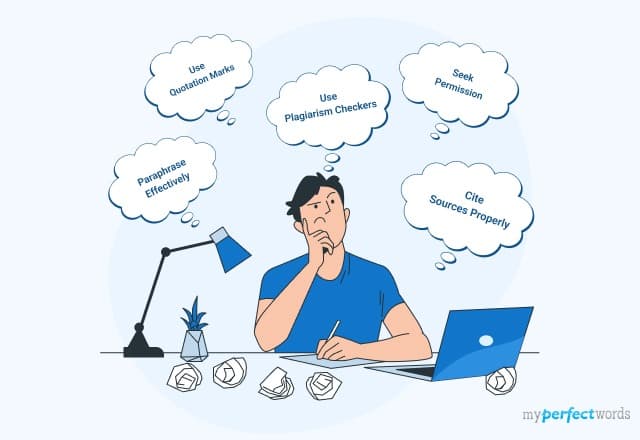
How to Write a Movie Review - Guide & Examples

A Complete Guide on How to Write a Summary for Students

Write Opinion Essay Like a Pro: A Detailed Guide
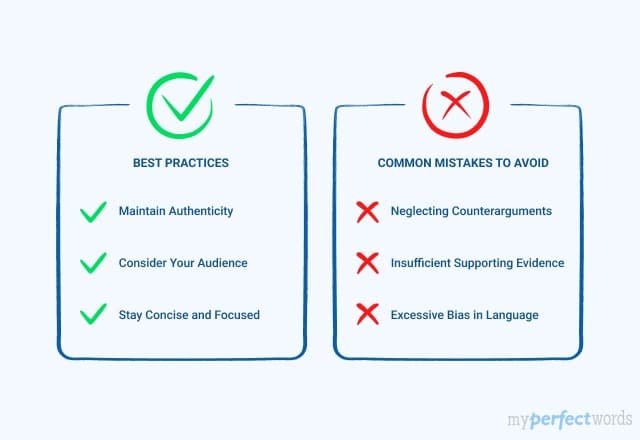
Evaluation Essay - Definition, Examples, and Writing Tips
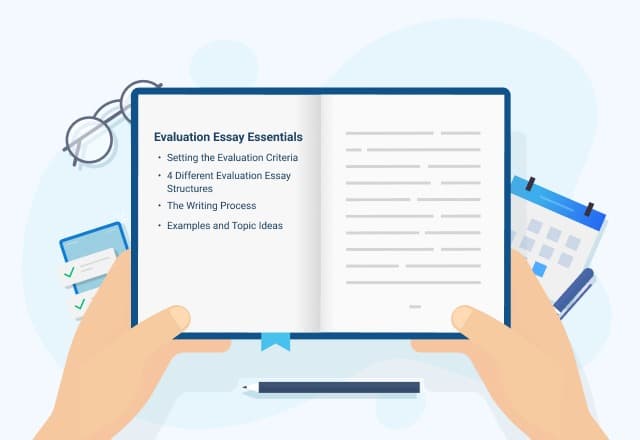
How to Write a Thematic Statement with Examples
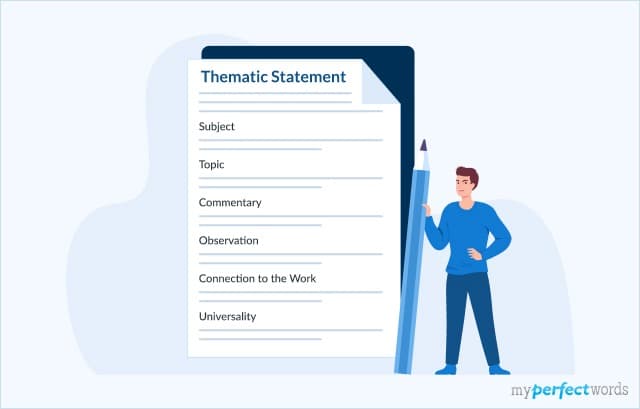
How to Write a Bio - Quick Tips, Structure & Examples
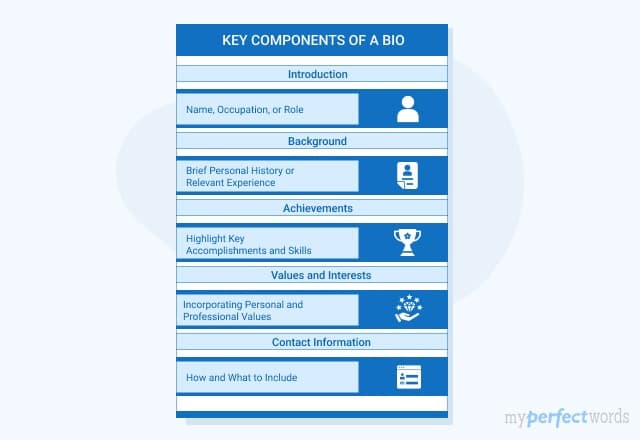
How to Write a Synopsis – A Simple Format & Guide
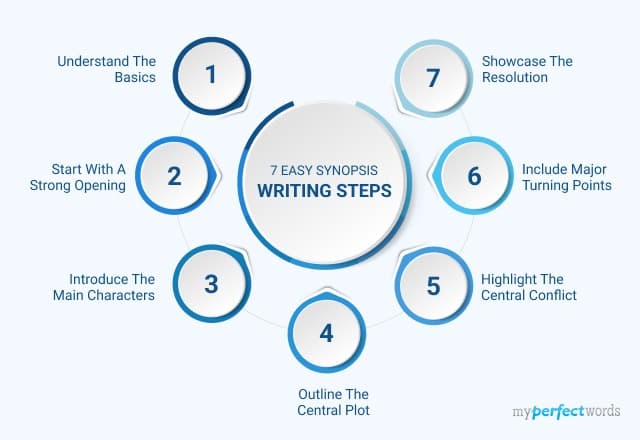
How to Write a Comparative Essay – A Complete Guide
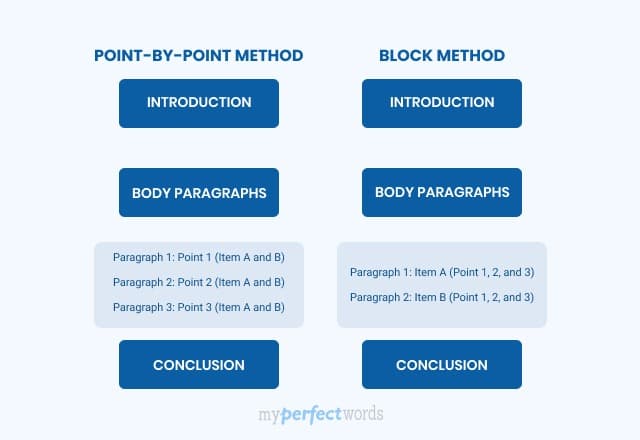
Visual Analysis Essay - A Writing Guide with Format & Sample
-10652.jpg&w=828&q=75)
List of Common Social Issues Around the World
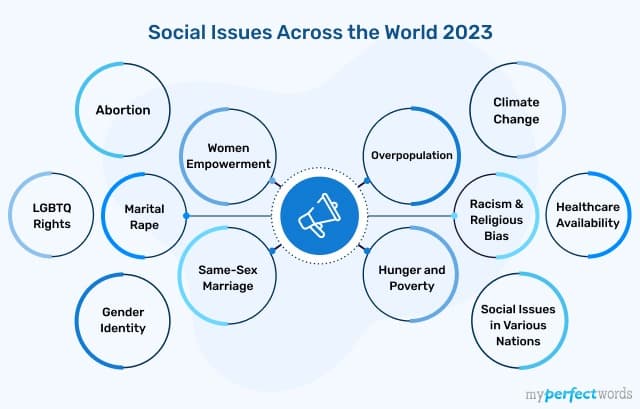
Writing Character Analysis - Outline, Steps, and Examples

11 Common Types of Plagiarism Explained Through Examples
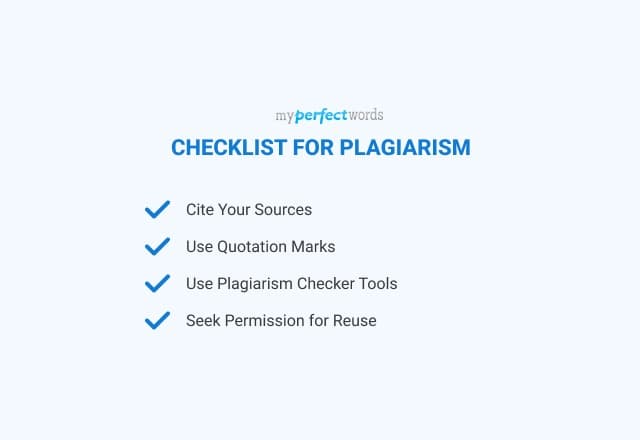
Article Review Writing: A Complete Step-by-Step Guide with Examples
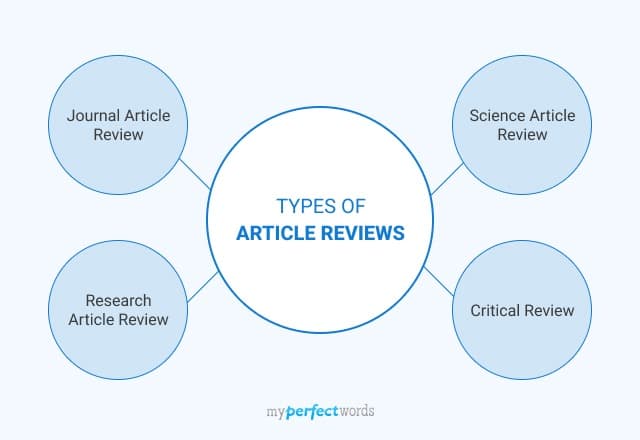
Detailed Guide on Appendix Writing: With Tips and Examples
